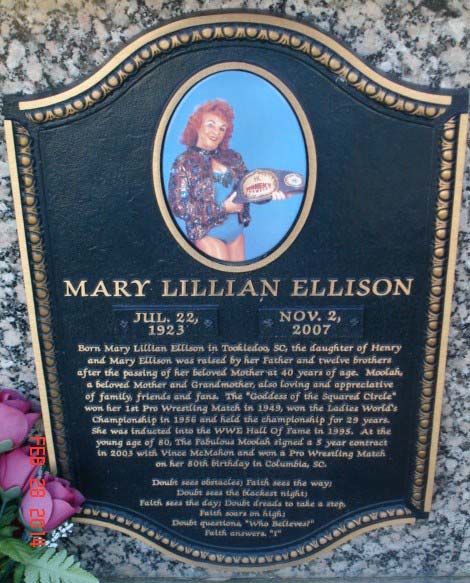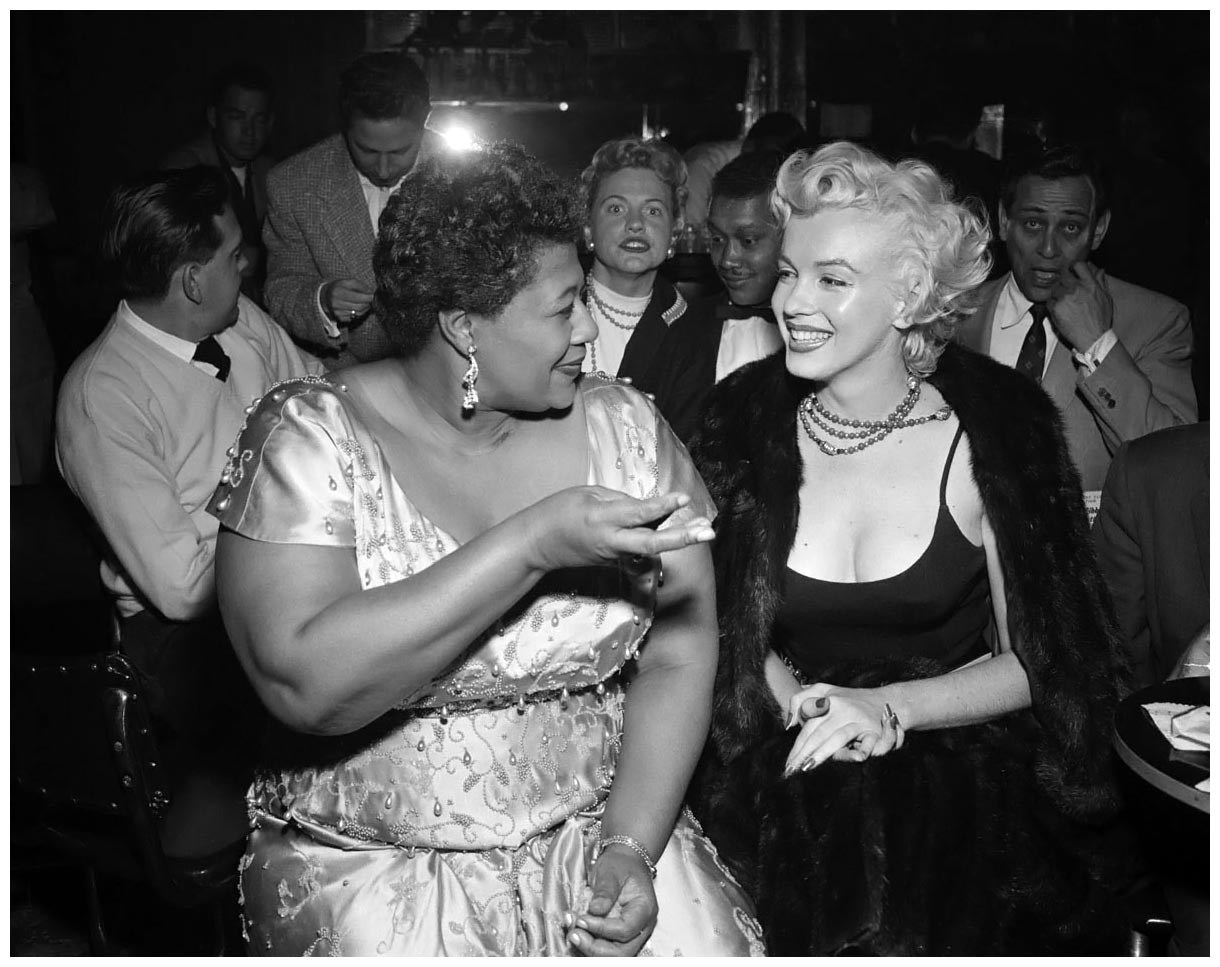We have told you many times . . . many, many times . . . that the DVDs released by PBS Distribution are masterpieces. Another wonder: The all-new fashion-centric miniseries Masterpiece: The Collection on DVD and Blu-ray. World War II is over and stylish clothes are back as Paris recovers from the horrors of the Nazi occupation. Richard Coyle, Mamie Gummer and Tom Riley star as a family struggling to build a fashion empire at any cost.
The beautifully shot series won accolades during its UK debut in 2016, with The Telegraph calling it “possibly the most glamorous series on TV,” The Guardian finding it “captivating … glossy and murky at the same time,” and The Huffington Post praising its large cast as “first-rate from top to bottom.”
Indeed!
Focusing on the Sabine family, composed of business-savvy Paul (Coyle), his wealthy American wife, Helen (Gummer), and his brilliant but dissipated designer brother, Claude (Riley), the program also stars Frances de la Tour as Paul and Claude’s overbearing mother, Yvette, who will stop at nothing to advance her boys’ careers—often to their dismay.
Set in 1947, The Collection captures a turbulent era in French history, when partisans hunted down Nazi collaborators and anyone with something to hide shunned the past and embraced the future. Fashion became the perfect expression of this impulse to look ahead. Wartime rationing, drabness, and erotic restraint gave way to alluring displays of color, form, and fabric in women’s clothes—for those who could afford them.
The Sabine family firm is at the forefront of this exciting but ruthless pursuit, and Paul has been chosen by the French government to lead the battle to reclaim the nation’s preeminence in the couture world. Widely regarded as the genius behind his studio’s stunning designs, Paul is in fact purveying the work of his brother, Claude, an unbridled sensualist who can’t restrain his amorous impulses. In free moments, Claude works in a frenzy to sketch new gowns, often consigning them to the wastebasket, where they are retrieved and turned into the Sabine collection’s latest sensations.
Into this superficially elegant universe comes hard-boiled American reporter Stan Rossi (Stanley Townsend) with suspicions about Paul’s past, but so far little to go on. Assigned to photograph a fashion story for Rossi, Billy soon parts company to become the Sabine studio’s official photographer. In the process, he elevates the worker Nina to be the signature model for the firm—much to the chagrin of the reigning top model, Dominique (Poppy Corby-Tuech, who plots revenge.
Adding to the turmoil, police Inspector Bompard (Allan Corduner) enters the picture when Yvette’s scheme to get Claude under control goes horribly awry, leading to an investigation that threatens the entire Sabine enterprise.
Who knew that couture could be so cutthroat?








